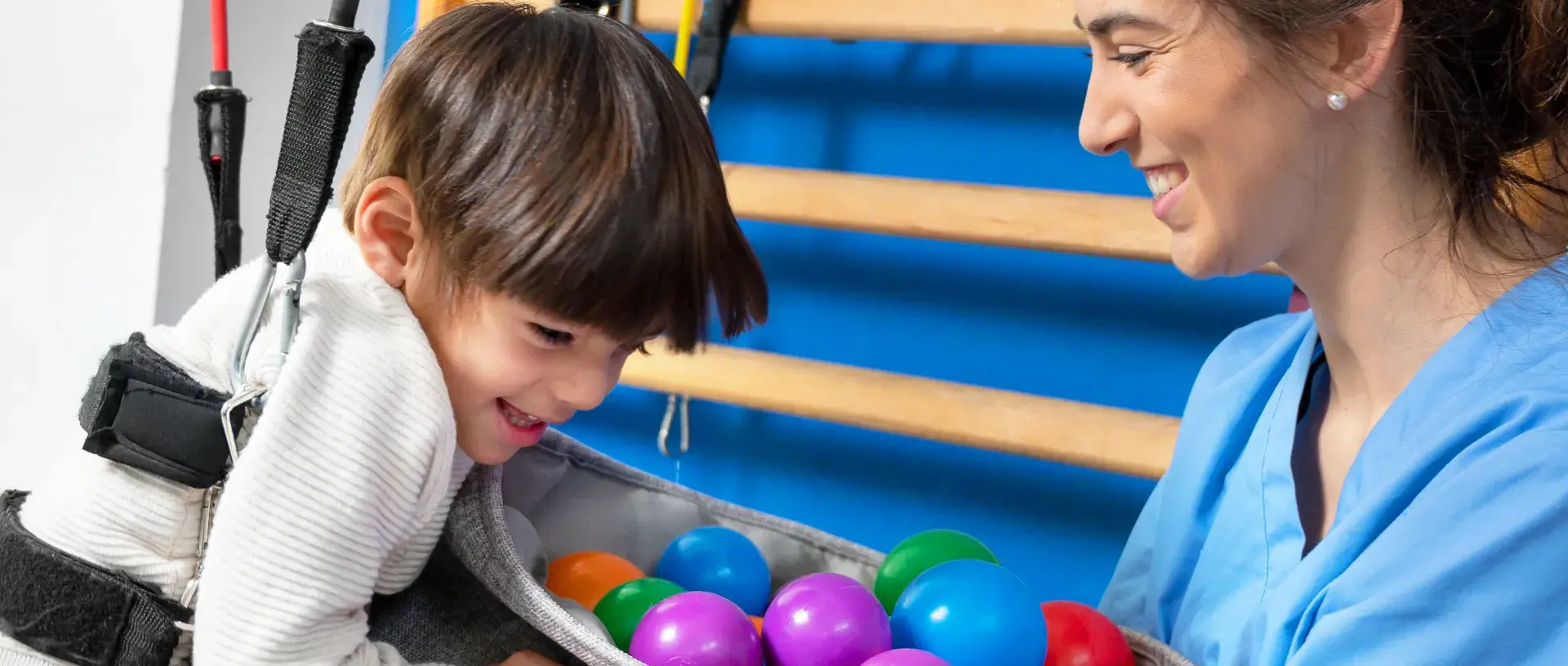A recent article by Certified Advanced Rolfer® Karen S. Price offers two thoughtful case reflections on how she supported young children with spastic cerebral palsy. While these are not clinical studies, they provide valuable insights into how manual work with fascia can influence movement, posture, and overall body awareness in children.
Read the full article on ESMED
The two cases describe how regular sessions of myofascial work carried out by Rolfer® Karen S. Price led to noticeable changes – not only in measurable aspects like coordination or posture, but also in how the children *felt* and *expressed* themselves. Parents and therapists observed that the children moved with greater ease, showed less stiffness, and developed more confidence and joy in movement.
These experiences reflect a core principle of Rolfing® Structural Integration: improving not just function, but the quality of movement and the relationship of the body to gravity and space.
Although such individual observations cannot be generalised, they invite reflection on how Rolfing® Structural Integration can complement other therapeutic approaches by enhancing body awareness and supporting more integrated movement patterns.
Source: Certified Advanced Rolfer® Karen S. Price, BA, CAR: “Reflections on the Benefits of Myofascial Management in Young Children with Spastic Cerebral Palsy: Two Case Studies” in European Society of Medicine Vol. 13, Issue 8, August 2025
Author: Sabine Becker
Learn more about Rolfing® Structural Integration.
Find a Rolfer® or Rolf Movement™ Practitioner near you
More information on how to become a Certified Rolfer®.
Want to know more?
Sign up for our newsletter and receive regular information about Rolfing® Structural Integration.







